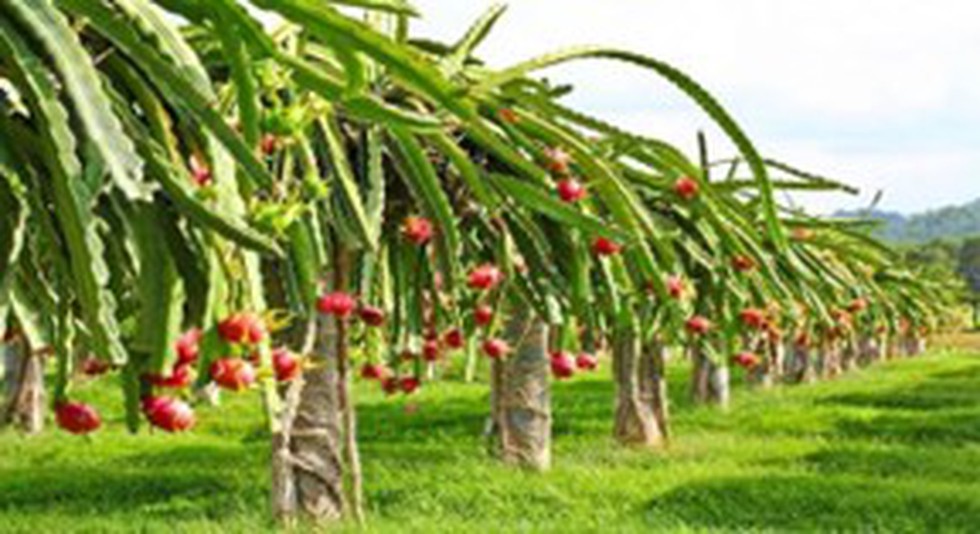About Dragon Fruit:
- Dragon Fruit is a herbaceous perennial climbing cactus widely known as Pitaya, has its origin in Southern Mexico, Central America and South America.
- Its flowers are hermaphrodites (male and female organs in the same flower) in nature and open at night.
- It grows in all kinds of soil and does not require much water.
- The plant sustains yield for more than 20 years, is high in nutraceutical properties(medicinal effects) and good for value-added processing industries.
- It is widely cultivated in South-East Asia, India, the USA, The Caribbean Islands, and Australia throughout the tropical and sub-tropical world.
- The world’s largest producer and exporter of dragon fruit is Vietnam, where the plant was brought by the French in the 19th century.
- In India, the cultivation of Kamalam Fruit is done in Karnataka, Kerala, Tamil Nadu, Maharashtra, Gujarat, Chhattisgarh, Odisha, West Bengal, Andhra Pradesh, Andaman & Nicobar Islands, Mizoram and Nagaland.
- In this endeavor under the Mission for Integrated Development of Horticulture (MIDH), a roadmap is being prepared for the cultivation of this crop.
Key facts about the Mission for Integrated Development of Horticulture (MIDH) Mission
- It is a Centrally Sponsored Scheme for the holistic growth of the horticulture sector covering fruits, vegetables, root & tuber crops, mushrooms, spices, flowers, aromatic plants, coconut, cashew, cocoa and bamboo.
- Under MIDH, the Government of India (GOI) contributes 60%, of the total outlay for developmental programmes in all the states except states in the North East and the Himalayas, and 40% share is contributed by State Governments.
- In the case of North Eastern States and Himalayan States, GOI contributes 90%.
- In the case of the National Horticulture Board (NHB), Coconut Development Board (CDB), Central Institute for Horticulture (CIH), Nagaland and the National Level Agencies (NLA), GOI contributes 100%.
